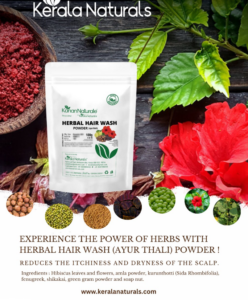Discover the beauty of lotus silk weaving, an ancient craft revived in Cambodia and India, promoting sustainability and creating employment opportunities.
In the pursuit of healing and wellness, one often seeks solace in nature’s abundant offerings. Among these, the lotus flower stands tall, revered for its grace, purity, and healing properties. However, did you know that the lotus plant holds secrets beyond its serene beauty? Enter the world of lotus silk weaving, an exquisite craft that combines tradition, sustainability, and innovation.
Originating in the Buddhist communities of ancient Myanmar (Burma), lotus silk weaving has seen a revival, thanks to the efforts of dedicated artisans and entrepreneurs. One such brand that continues to make waves is Samatoa, founded by the visionary Awen Deleval in Cambodia. Inspired by the ancient technique, he has been driving the production of lotus silk fabric and vegan leather since 2003.
The process of lotus silk weaving is an intricate one, demanding precision and dedication. Women from the Tonle Sap Lake region in Siem Reap and Battambang play a vital role in plucking and preparing the lotus plants. The fine threads of lotus silk are derived from the sticky fibers found within the stem of the lotus plant. These fibers are carefully extracted and hand-rolled into long filaments.
The result? A mesmerizing yarn that is fed into traditional looms, weaving the fabric into luxurious lotus silk that’s as durable as traditional silk but possesses unique qualities like good elasticity and antibacterial properties.
But the magic of lotus silk weaving goes beyond producing a luxurious fabric. Samatoa embraces circularity in its production process, actively engaging the entire lotus plant from stem to stamen. Every year, the workshop transforms thousands of kilos of lotus stems into textile, utilizing the waste to generate biogas and provide electricity to the local communities.

Moreover, Samatoa’s innovation has led to the creation of vegan leather from lotus stems and other eco-friendly materials like kapok and banana fibers. Their vegan leather production techniques prioritize sustainability and aim to make a positive impact in the market. With their leather being plastic-free, biodegradable, and possessing water-impermeability and durability, Samatoa has opened doors to new possibilities, including automotive interiors.
The revival of lotus silk weaving is not limited to Cambodia alone. In Manipur, India, a homegrown initiative has also taken root, joining hands with Samatoa in preserving this ancient craft. The collaboration between India and Cambodia ensures the continued growth of lotus silk weaving and empowers local communities by providing employment opportunities and celebrating the beauty of sustainable practices.

The story of lotus silk weaving is one of resilience, innovation, and a deep connection to nature. It showcases the potential we hold to make a positive impact by honoring ancient traditions while adapting to the needs of the present. Let us be inspired by the dedication of brands like Samatoa and the artisans who have breathed life into this mesmerizing craft, as they continue to weave a tapestry of healing, sustainability, and cultural heritage.
References: Samatoa lotus flower fabric
Also Read: The Bond Beyond Words: Unlocking the Healing Power of Pets







